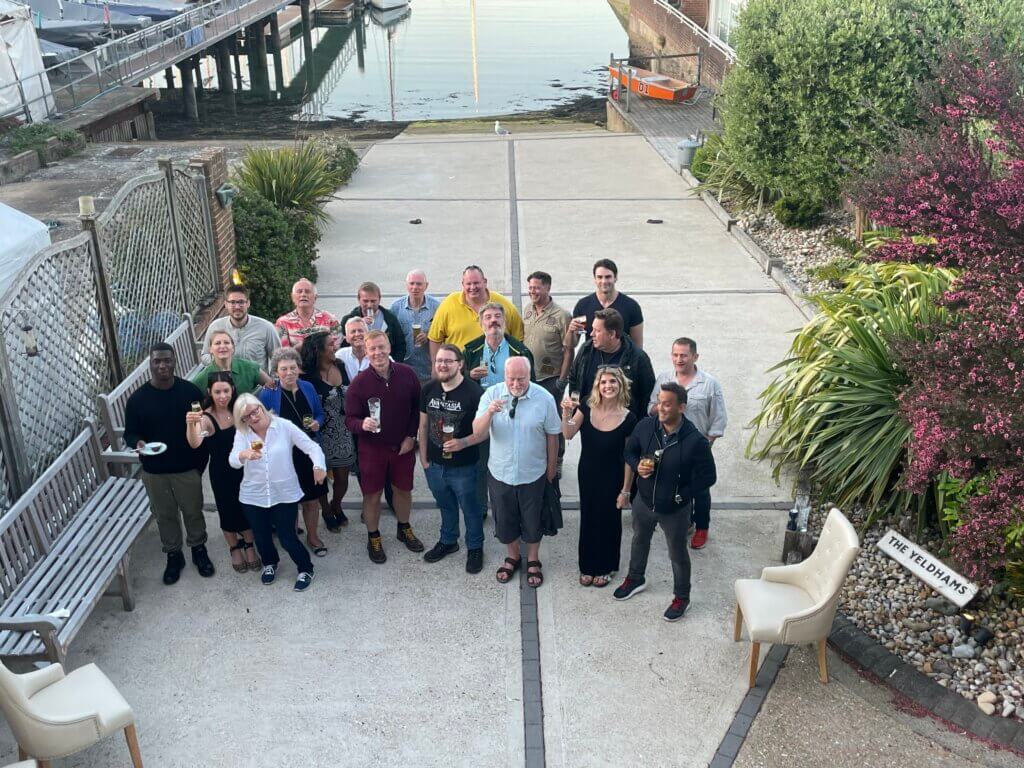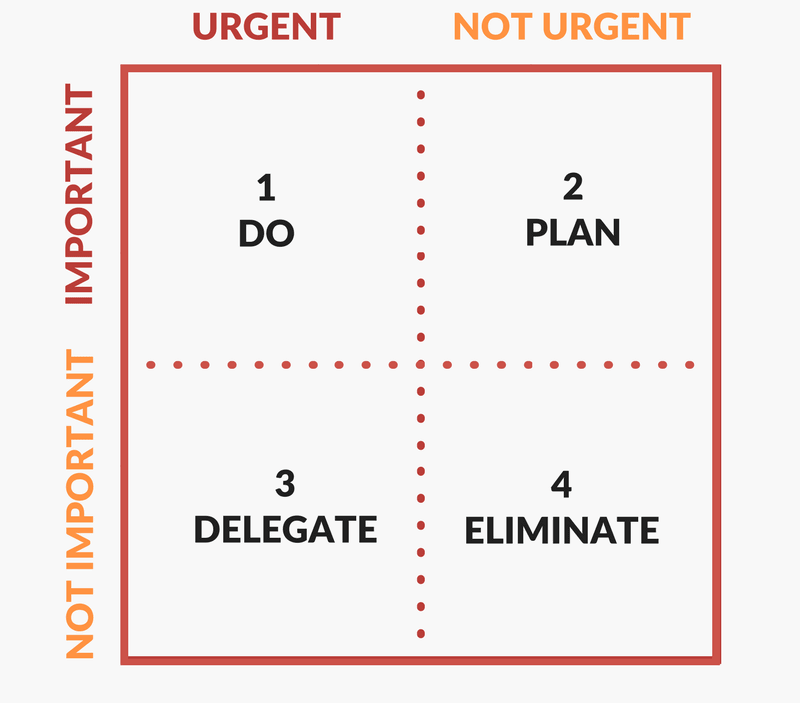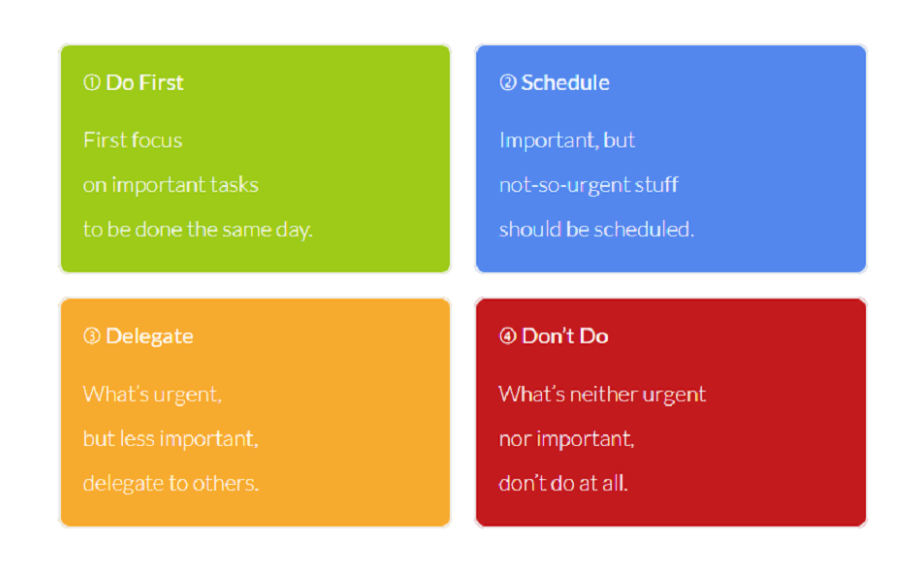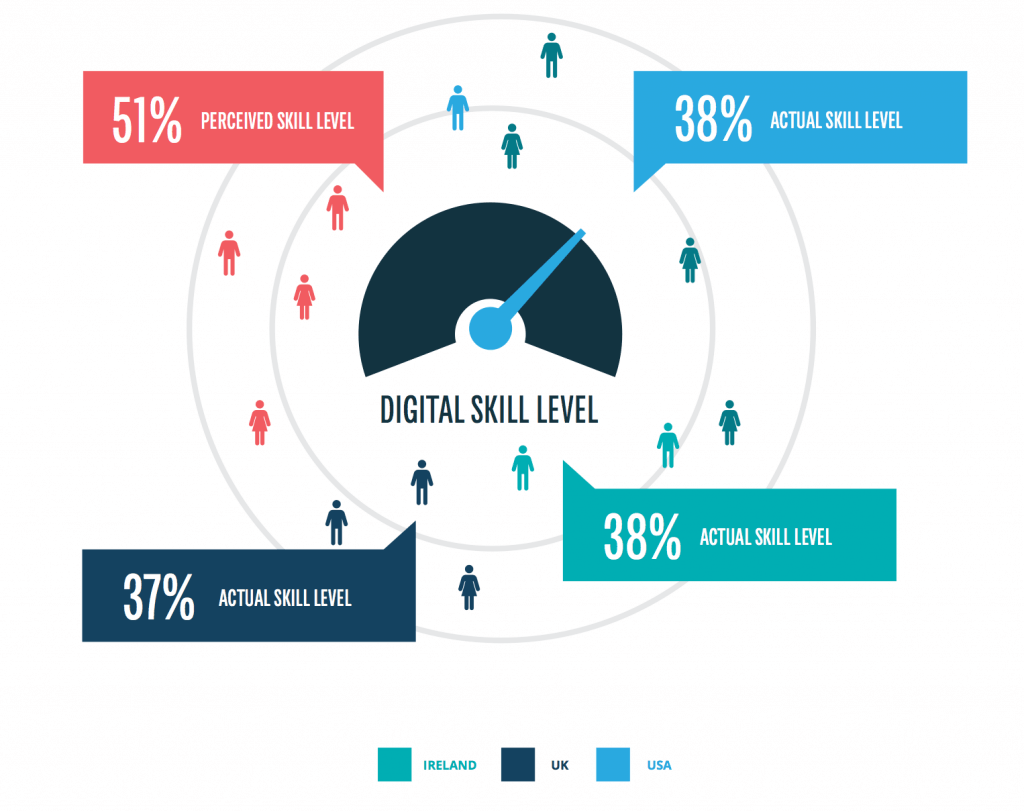Rob Gibbs, one of our Management Consultants here at #Fimatix explores and comments on the operational inefficiencies of the processing of manual Fund Orders, current innovation around Fund Order Automation and STP and how our Nova Enterprise solution can provide substantial cost saving and operational efficiencies. In the fast-paced world of financial services, operational efficiency is a key driver of success. To stay ahead, the benefits of organizations streamlining their operations, improving efficiency, and leveraging innovative technologies is a no brainer to help automate for leaner operations and operational scale. Implementing appropriate new technologies is key to allow automation to effectively help reduce costs and improve scalable operational efficiency. Combining Artificial Intelligence (AI) with Straight Through Processing (STP) does exactly this. Using AI to interpret unstructured data in order to feed the required structured data, efficiently and accurately into the STP Fund Order process. This attached article explores the transformative benefits of Fund Order Automation through STP and the use of AI tools to interpret unstructured data using Fimatix’ Nova Enterprise suite of software. This technology empowers fund administrators and transfer agents to revolutionize their fund order management and drive exceptional operational resilience.
In the fast-paced world of financial services, operational efficiency is a key driver of success. To stay ahead, the benefits of organizations streamlining their operations, improving efficiency, and leveraging innovative technologies is a no brainer to help automate for leaner operations and operational scale.
Implementing appropriate new technologies is key to allow automation to effectively help reduce costs and improve scalable operational efficiency.
Combining Artificial Intelligence (AI) with Straight Through Processing (STP) does exactly this. Using AI to interpret unstructured data in order to feed the required structured data, efficiently and accurately into the STP Fund Order process.
This article explores the transformative benefits of Fund Order Automation through STP and the use of AI tools to interpret unstructured data using the Nova Enterprise suite of software. This technology empowers fund administrators and transfer agents to revolutionize their fund order management and drive exceptional operational resilience.
The Power of STP
STP is a method used by financial companies to speed up financial transactions by processing them without manual intervention. While many financial services firms have implemented STP to some extent, there are often lingering challenges with non-STP transactions that can hugely hinder efficiency and incur significant costs. Addressing these challenges head-on is crucial for organizations seeking to deliver value and efficiency at an enterprise level.
Unleashing the Potential of STP Financial Services, the following 6 observations have been made regarding non-STP transactions.
Can you really afford not to address the following:
Non-STP costs
Approximately 80% of order processing costs stem from the 10-20% of manual (non-STP) fund orders. This scenario is prevalent across the market, leading to significant operational inefficiencies and increased costs.
Resource requirements
Supporting non-STP flows demands a large team, often estimated at 10 individuals, resulting in substantial operational expenses of approximately £25K per month. This manpower allocation could be more effectively utilized on value-driven tasks.
Peaks in operational activity
The business cycle events, such as month-end and quarter-end, introduce operational peaks that must be managed effectively. Non-STP processes often struggle to accommodate these fluctuations, resulting in bottlenecks and increased risks.
Employee engagement
With non-STP processes, employees spend a significant portion of their time on mundane and repetitive tasks. Shifting focus to more value-driven activities enhances employee engagement and boosts productivity.
Operational risks
Manual, repetitive tasks increase the likelihood of errors and omissions, particularly in volatile markets. These risks can lead to reputational damage and loss of business due to compensation obligations arising from incorrect orders.
Loss of business opportunities
Inaccurate orders due to manual processing can lead to financial losses if the market moves against them. This highlights the importance of ensuring accuracy and efficiency in fund order management.
Introducing Nova Gateway
Unlocking the Power of STP – Nova Gateway is a hosted fund trading gateway that provides Straight Through Processing (STP) Market Connectivity via SWIFT and other messaging services. It seamlessly connects financial product distributor platforms and back-office functions, delivering operational excellence and unlocking the potential for significant cost savings. Nova Gateway has already proven its value to many renowned fund administrators and transfer agents.
Complex Processes, Data Quality, and Exception Handling: Nova Gateway tackles the challenges of complex processes, data quality, and exception handling that can hinder the implementation of STP. Here’s how it achieves this:
Business rules and validation
Acting as the gateway to the market, Nova Gateway validates all incoming order flows and applies configurable business rules to ensure data integrity. It thoroughly checks and sanitizes the data upfront, increasing STP rates and engaging human intervention only when absolutely necessary.
Ease of implementation
Setting up Nova Gateway is a low-touch process, ensuring a smooth and efficient transition. Our philosophy has always been ‘we build towards you’, preserving your existing interfaces and processes. Financial services companies can seamlessly integrate Nova Gateway with their existing infrastructure, overcoming barriers posed by legacy systems.
Introducing Nova Enterprise
Unleashing the Power of Unstructured Data with Nova Enterprise.
Nova Enterprise is an advanced capability of Nova, it harnesses Artificial Intelligence (AI) to process unstructured data, such as paper-based faxes and emails. Unstructured data becomes structured data, Nova Enterprise pulls out the necessary data points from non-STP order flows to produce STP order flows. Say goodbye to manually keying orders from faxes, emails, and attachments into backend systems. Once non-STP orders are ingested by Nova Enterprise, they become indiscernible form STP flows. By incorporating AI and Machine Learning (ML) into the STP fund order process, organizations using Nova Enterprise can achieve unprecedented levels of automation, scalability, and efficiency. Here’s how Nova Enterprise helps organizations thrive:
Seamless integration
Unstructured data provided in various formats can be seamlessly interpreted by Nova Enterprise’s AI/ML algorithms. It accurately extracts and interprets crucial information, transforming it into structured data that integrates effortlessly with the automated fund order workflow.
Our philosophy has always been ‘we build towards you’ preserving your existing interfaces and processes for STP, ensuring a seamless ‘low touch’ integration.
Reducing manual intervention
With Nova Enterprise, trade orders, including pension contributions, can be processed seamlessly and efficiently without the need for manual intervention. The AI-powered system ensures accurate and compliant processing, eliminating costly discrepancies and delays caused by manual human error.
Conclusion
Embrace the future of operational efficiency Fund Order Automation using STP and Nova Gateway is a game-changer for organizations handling high volume trade orders. By eliminating manual intervention, increasing automation, and incorporating unstructured data processing with Nova Enterprise, financial institutions can unlock unparalleled levels of operational efficiency, accuracy, and cost savings.
The benefits of Fund Order Automation extend beyond time and cost savings. This transformative solution empowers organizations to deliver exceptional customer experiences, gain a competitive edge, and focus resources on strategic initiatives that drive growth. Embrace the power of Nova Gateway and Nova Enterprise to thrive in the digital age of finance.
If you would like to know more about automation for leaner operations and operational scale, please drop an email to our CBO: Sanjeev.dhiman@fimatix.com
Appendix
Financial services companies may resort to using non-STP methods rather than adopting the more efficient and cost-effective STP processes due to several reasons. Some of these include:
Legacy Systems
Many financial institutions operate with outdated legacy systems that lack the necessary infrastructure and integration capabilities for seamless STP. Upgrading or replacing these systems can be complex and costly, leading to the reliance on non-STP alternatives.
Complex Processes
Certain financial transactions or processes may be inherently complex, requiring manual intervention for risk assessments, compliance checks, and regulatory requirements. These complexities can hinder complete automation and make STP implementation challenging.
Data Quality and Validation
STP heavily relies on accurate and validated data inputs. If the data received from external sources or internal systems is of poor quality, incomplete, or inconsistent, it can introduce errors into the process. Non-STP methods allow for manual intervention and data validation to address these data quality issues.
Exception Handling
Some transactions or events may fall outside the standard parameters or require additional scrutiny due to their complexity or risk factors. STP systems may not have the flexibility or decision-making capabilities to handle these exceptions automatically, necessitating non-STP methods and human intervention.
Cost-Benefit Analysis
While STP offers greater efficiency and cost savings in terms of reducing manual effort and processing time, the initial investment and ongoing maintenance costs of implementing an STP system can be significant. For some financial services companies, the cost of implementing STP may outweigh the benefits, making non-STP a more viable option.
Legacy systems often pose challenges when transitioning to STP capabilities. These systems are typically older technologies developed before STP became prevalent, and they may lack the necessary infrastructure and integration capabilities required for seamless STP implementation.










